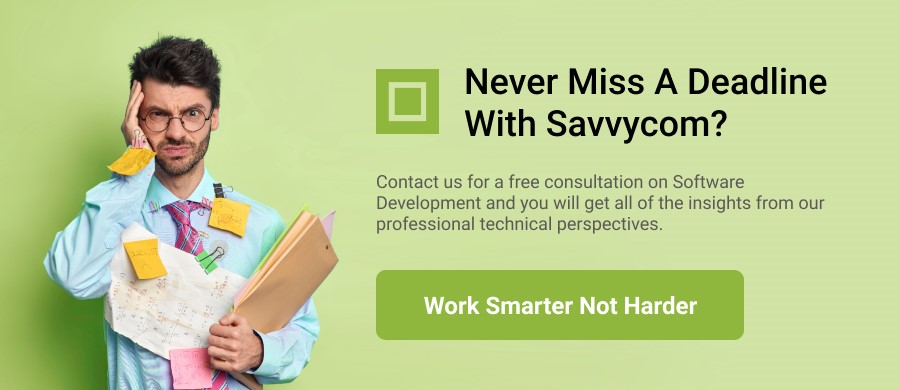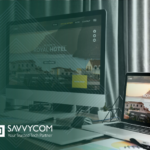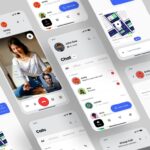On-Demand Food Delivery App Development Services: Features & Costs
The convenience of food delivery has transformed the way we dine, and the demand for sophisticated food delivery app development is on the rise. With the global online food delivery market projected to reach $223.7 billion by 2027, according to Statista, investing in a user-friendly and feature-rich food delivery app can be a lucrative venture for entrepreneurs and businesses alike. This article serves as a comprehensive guide to food delivery app development, exploring key app features, revenue models, and development costs.
Let’s see how food delivery marketplaces similar to UberEats operate and how much it will cost you to involve in an on-demand food delivery app development.
1. Why Invest in Food Delivery Mobile App Development?
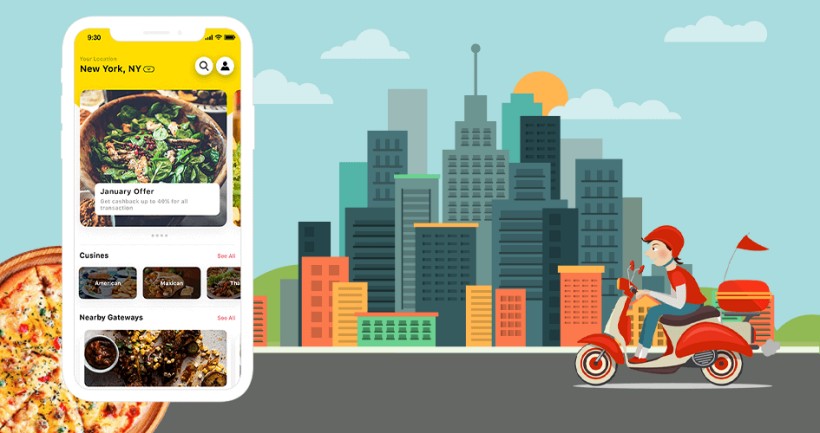
The food delivery app development market is booming, fueled by several factors:
- Restaurants that do not provide online food delivery would lose more than 70% of their clients by 2020.
- According to Statista, in 2021, revenue in the Online Food Delivery segment amounts to US$151,526 million.
- This is expected to show a growth rate of 9.9% per year, resulting in a market volume of US$182,327m by 2024.
- Of the total online food delivery revenue, the Platform-to-Consumer Delivery segment has the largest part with a market volume of US$79,608 million in 2019. This is expected to increase to US$96,864 million by 2024.
- The Restaurant-to-Consumer Delivery segment amounts to US$71,918 million in 2021, expected to increase to US$85,463 million by 2024.
As a result, investing in a meal ordering app will provide you with a sizeable prospective consumer base.
2. How Does On-Demand Food Delivery App Work?
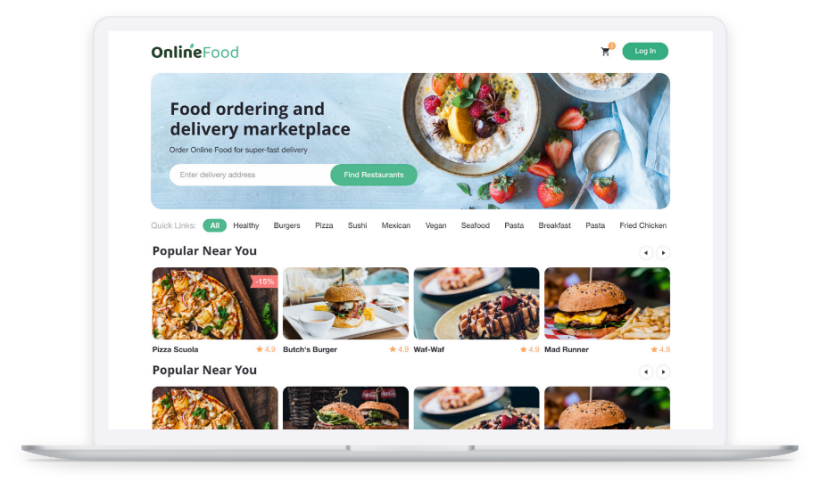
A successful online food ordering system typically consists of three interconnected components:
The Customer App:
Allows users to browse restaurants, place orders, track deliveries, and provide feedback. A well-designed food delivery app UI/UX is crucial for attracting and retaining users. For inspiration and best practices, explore our collection of mobile app design ideas. Here is how it typically works:
- Profile Setup: The customer logs in and adds a delivery address to their profile.
- Browsing: Users browse through the app’s extensive meal menu, which showcases a variety of restaurants and cuisines.
- Order Placement: After selecting their preferred food items, users place their orders.
- Payment: Once the order is confirmed, the user proceeds to make the final payment using their preferred payment method.
- Order Tracking: Users can monitor their order in real-time, tracking the delivery status, estimated delivery time, and the driver’s location.
- Feedback: After receiving their order, users have the option to rate their food and service, providing valuable feedback for continuous improvement.
The Restaurant App/Admin Panel:
Enables restaurants to manage menus, accept orders, and track deliveries. This often involves integrating with restaurant management software. Here’s how it functions:
- Menu Listing: Restaurants list their food items, menus, and prices on the app.
- Order Management: When an order is received, the restaurant can either accept or reject it. Upon acceptance, the restaurant assigns staff to prepare the order.
- Delivery Coordination: While the food is being prepared, the restaurant monitors available delivery drivers nearby and assigns the order to a suitable driver.
- Order Tracking: The restaurant can track the delivery status and view a list of completed deliveries.
- Payment and Oversight: Restaurants manage payments to delivery drivers and oversee all delivery-related activities to ensure smooth operations.
The Delivery Driver App:
Allows drivers to accept orders, navigate to delivery locations, and manage their earnings. Efficient logistics and delivery management are essential for a smooth delivery experience. The following mobile app development stages outline how the delivery driver app operates:
- Profile Creation: The delivery driver creates a profile on the app, providing all necessary information.
- Order Acceptance: When an order is received, the driver decides whether to accept or reject it based on their availability and convenience.
- Delivery Details: Upon accepting an order, the driver can access all necessary delivery details, including the customer’s address and contact information.
- Navigation: The app provides the driver with optimized routes to the delivery location, ensuring timely and efficient deliveries.
- Order Completion: After delivering the order, the driver can mark the order as complete on the app and collect any tips left by the customer.
- Performance Tracking: The app allows drivers to track their completed deliveries and monitor their performance over time.
Each of these three applications plays a vital role in ensuring a seamless and efficient food delivery experience. The customer app simplifies ordering for users, the restaurant app/admin panel streamlines order management for restaurant owners, and the delivery driver app ensures timely and accurate deliveries.
3. Key Features of Food Delivery Apps Development
The app’s essential feature lists differ depending on the user role. The following sections introduce the feature lists for the customer app, restaurant app, and courier app.
3.1. The Customer App
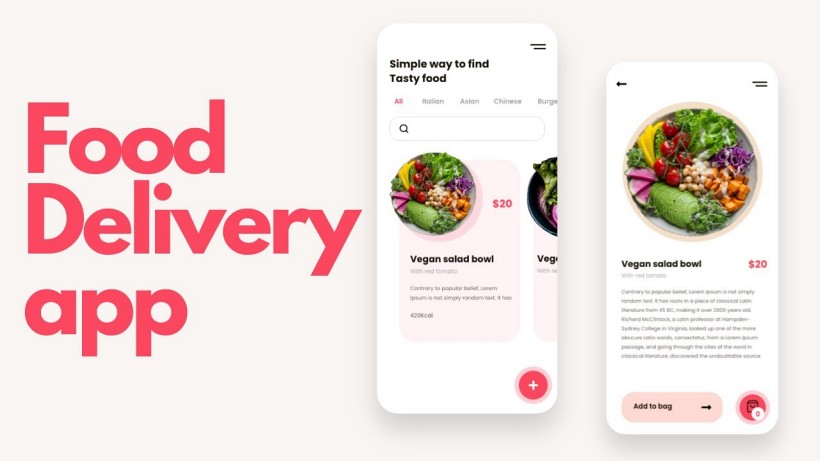
Consumers tend to dine at home and wish to have the same food quality as they do in a restaurant. As a result, the app should offer as many nearby food outlets as possible.
|
|
|
|
|
|
|
|
|
|
|
|
|
|
|
|
3.2. The Driver App
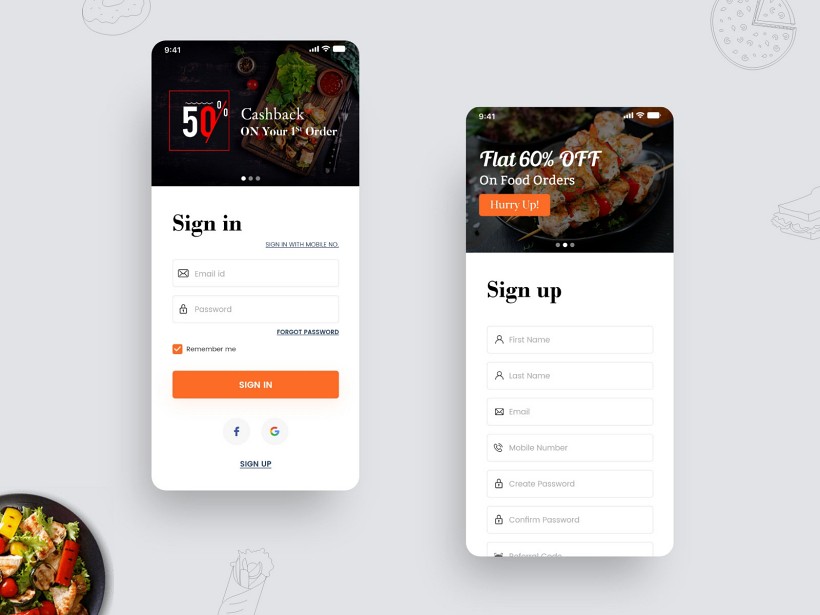
The goal of the delivery person app is to increase the number of delivery requests. It entails making it simple for couriers to gain access to mobile app interface design capabilities. The apps for independent couriers should make it easy to follow orders, choose those that are close, and ensure the shortest delivery and instant payment processing.
|
|
|
|
|
|
|
|
|
|
3.3. The Restaurant App & Admin panel
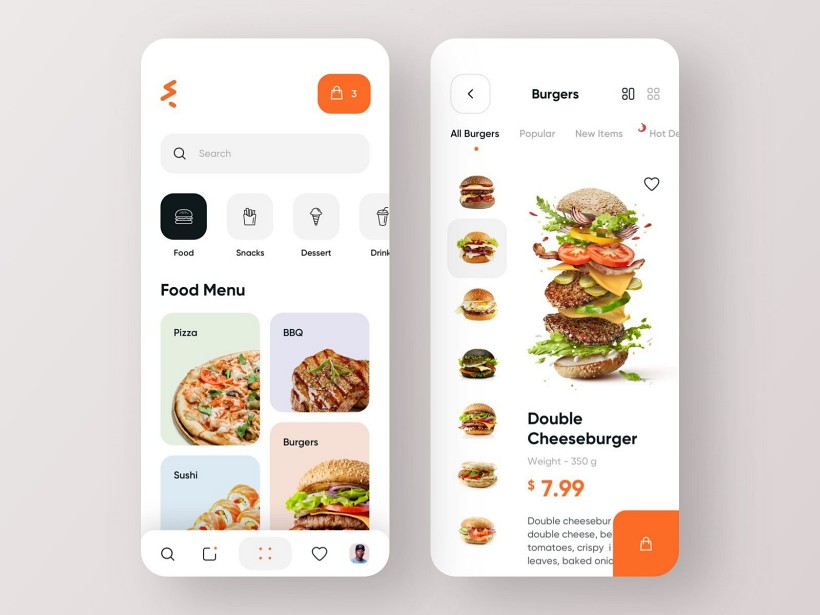
The admin app introduces the authorized workers of the restaurant or food delivery business. Its scope of functions indicates that it accepts customer orders, dispatches orders, processes payments, tracks orders, and builds logistics.
Choosing this business strategy means that the restaurant has complete control over the process, from updating restaurant information to monitoring feedback channels.
|
|
|
|
|
|
|
|
|
|
|
|
|
|
|
|
4. How Do Food Delivery App Generate Revenue?
Food delivery app development can be monetized through various strategies, contributing to effective food delivery app monetization:
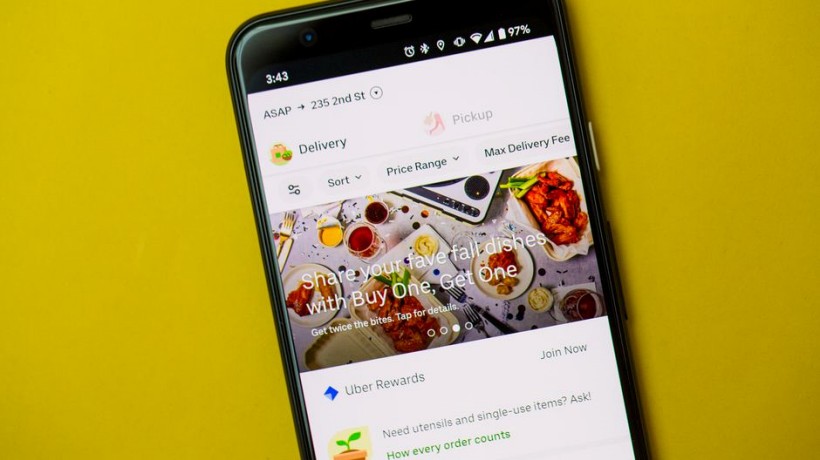
Food delivery app development can generate revenue in a variety of ways. In particular, you can profit financially from:
- Setting fixed commission rates
- Engaging in restaurant promotion
- Charging delivery fee.
To make this clear, we have included several money-making methods that UberEats is currently using:
- Depending on the distance between clients and restaurants, delivery fees range from $2 to $8 per order.
- Each order accepted through UberEats incurs a service fee ranging from 15% to 40%.
- Promotion is when a partner restaurant pays to be ranked first in a search, increasing their visibility to customers.
5. How Much Does It Cost to Develop an On-demand Food Delivery App?
The food delivery app development cost can vary significantly depending on factors such as features, complexity, and location of the development team. However, a rough estimate for a basic to moderately complex app can range from $40,000 to $120,000.
| Deliverables | Estimated Man Hours | ||||
|---|---|---|---|---|---|
| Development | Graphics Design | QC/Testing | Project Management | TOTAL | |
| 1. Native iOS (iPhone) Application for Customers | 162 | 26 | 23 | 16 | 228 |
| 2. Native Android (Smartphone) Application for Customers | 162 | 26 | 23 | 16 | 228 |
| 3. Native iOS (iPhone) Application for Delivery Provider | 104 | 14 | 15 | 10 | 143 |
| 4. Native Android (Smartphone) Application for Delivery providers | 104 | 14 | 15 | 10 | 143 |
| 5. Web Application for ‘Store owners’ | 161 | 20 | 23 | 16 | 206 |
| 6. Back End & Software Development Services | 174 | – | 25 | 17 | 216 |
The cost of labor is a critical issue that heavily influences development costs. Labor costs vary between countries and areas. For example, developers in the United States and the United Kingdom often charge between $70 and $250 per hour. Rates for Eastern European developers range from $50 to $170 per hour.
However, this hourly pricing is highly reasonable in Vietnam, where seasoned mobile app developers may be found for as little as $20 to $50 per hour. Thus, in terms of labor costs, Vietnam is unquestionably the most viable option.
6. Partnering with Food Delivery App Development Companies
For businesses seeking to create a successful food delivery app, partnering with experienced food delivery app development companies can be a strategic advantage. These companies offer expertise in restaurant app development, on-demand delivery app development, and other related areas, ensuring that your app is built to the highest standards and meets user expectations. They can also provide a dedicated mobile app development team to handle the entire development process.
Staying Ahead of the Curve: Food Delivery App Development Trends
The food delivery landscape is constantly evolving, and staying informed about the latest mobile app development trends is crucial for creating an app that remains competitive and relevant. This includes incorporating features like AI-powered recommendations, personalized menus, and integrated loyalty programs.
Considering Building a Food Delivery App Clone
For businesses looking to launch a food delivery app quickly and cost-effectively, building a food delivery app clone can be a viable option. This involves replicating the core features and functionalities of popular apps like Uber Eats or Grubhub, while also adding unique elements to differentiate your app in the market.
7. Conclusion
Meal delivery services are changing rapidly, which is expanding the market for food delivery app development. Food delivery app development provides various chances for restaurants, consumers, and courier services while engaging customers in Europe, the Americas, Asia, and the Middle East.
With the growing number of delivery players, home cooking is losing ground, and an increasing number of consumers prefer the concept of contacting a local restaurant via a meal delivery app. Our IT outsourcing services offer unique solutions for food delivery app development to improve and enhance the client experience.
Looking To Find A Trusted Tech Partner?
Tech Consulting, End-to-End Product Development, Cloud & DevOps Service! Since 2009, Savvycom has been harnessing digital technologies for the benefit of businesses, mid and large enterprises, and startups across the variety of industries. We can help you to build high-quality software solutions and products as well as deliver a wide range of related professional services.
Savvycom is right where you need. Contact us now for further consultation:
- Phone: +84 24 3202 9222
- Hotline: +1 408 663 8600 (US); +612 8006 1349 (AUS); +84 32 675 2886 (VN)
- Email: [email protected]
































